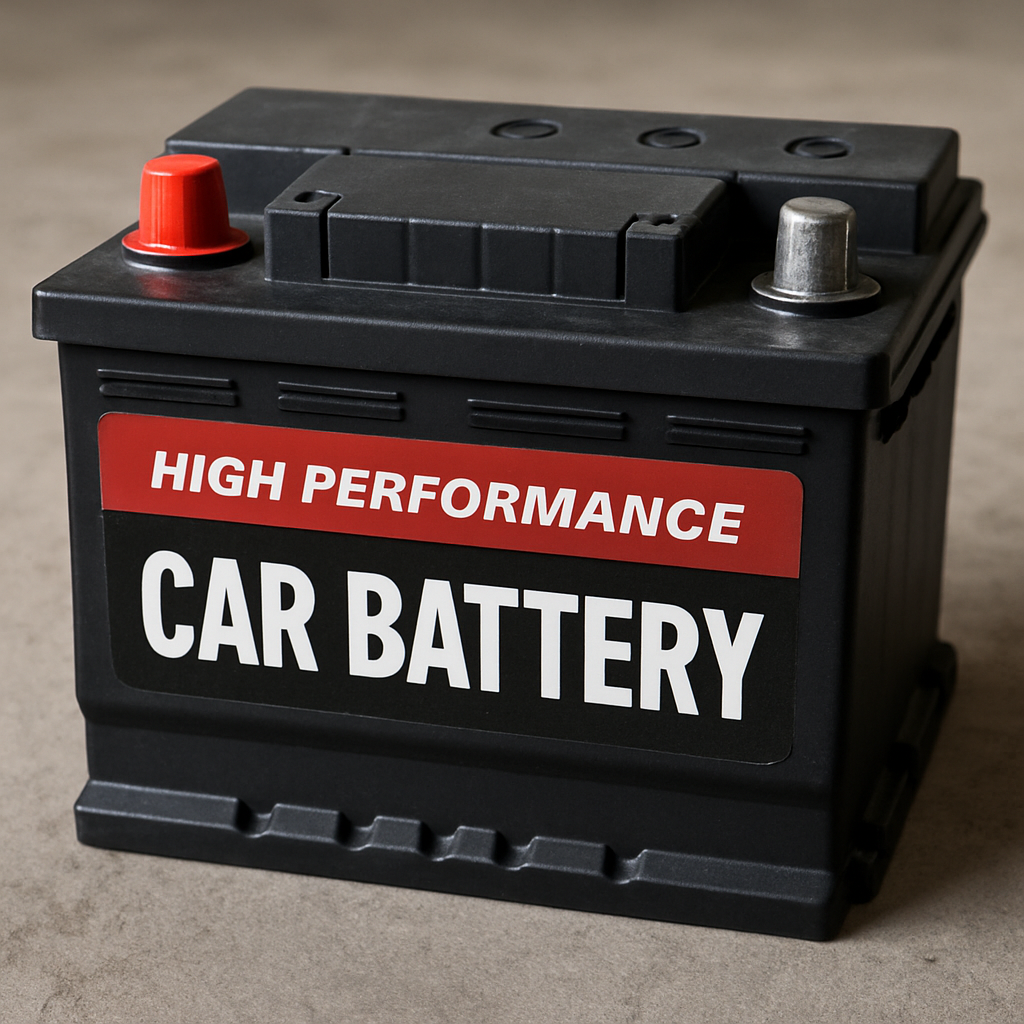Common property – it’s an essential part of living in a body corporate scheme – but knowledge of what it entails is not so common. It can be a sometimes confusing and complex part of life in a body corporate – but it doesn’t need to be. Here’s the common knowledge you need to know about common property.
So, what is common property?
When you buy into a strata scheme, you take ownership of part of a building or complex owned by multiple owners. Individually, you own your own lot, which usually comprises a unit or apartment coupled with a portion of land (although you may not always own your own portion of land).
Common property is thus defined as all the areas of the strata building and land that are not included in any individual owner’s lot.
These areas of common property are jointly owned by all the owners involved in the scheme, and the body corporate as a whole is responsible for the management and upkeep of the common property.
This includes repairing problems and defects, as well as replacing and renewing common property when needed. The body corporate is required by law to undertake maintenance to those parts of the scheme for which it is responsible.
In order to pay for the care and maintenance of the common property, the body corporate collects regular levy payments from each lot owner in a scheme.
Examples of common property might include:
- The foundations and outside of the building
- Gardens, lawns and grounds
- Stairways
- Entrances or foyers
- Driveways
- Basement or other car parking areas
- Lifts or ramps
- Access roadways
- Infrastructure such as water, power and sewerage
- Roofs
- Joint walls, including doors, windows or other structures within the wall
- Floors
- Facilities on common property such as BBQs and pools
- Tiles attached to common property surfaces
- Pipes and electrical wiring located in common property or servicing more than one lot
- Balcony walls and doors
- Railings or balustrades which lie on or near the boundary between a lot and common property
This is not an exhaustive list – the common property of each scheme will be unique to that scheme.
Where it gets confusing
Sounds simple enough, right? You own your own lot and everything else not owned by another owner is considered common property.
Well, it’s unfortunately not that simple. It can sometimes get confusing determining exactly what is and isn’t common property. And given the fact that owners need to pay for the upkeep and maintenance of their own property, whereas the body corporate as a whole pays for the upkeep and maintenance of the common property, it’s essential to know exactly who is responsible for paying for what.
The confusion generally lies with determining the common property boundaries. Where these boundaries lie will depend on what type of building plan your building falls under. In Queensland, there are two types of plan:
- Standard Format Plan – a common type of plan for use with gated communities or townhouses
- Building Format Plan – all vertical developments, no matter how many levels they contain, are classed under the Building Format Plan
Under the Building Format Plan, boundaries between common property and lots are measured from the centre of the floors, walls, ceilings and doors. For example:
- The front door of your unit. The inside half of the door is considered to be in your lot, and thus your property, while the outside half is considered to be common property. Thus a problem occurring on the outside of the door will be a matter for the body corporate to resolve, while anything on the inside of the door is yours alone to take care of.
- The roof of your unit. The ceiling of your unit is considered your property, while the roof of that same unit is considered common property. So, if a problem developed on the roof, it’s the body corporate’s responsibility to resolve, while if it developed on the ceiling, you are solely responsible for sorting out the problem.
The standard format plan is somewhat different. Under this plan, boundaries are measured from pegs in the ground, the same way as a regular house lot would be measured. For example:
- The roof of your unit. Any problem occurring on either the roof or ceiling of your unit will be your responsibility to resolve, as the whole unit falls within the boundaries of your lot. An exception may occurring with something like guttering, which is a complete system that services all lots, and any problems with this would be a body corporate matter to resolve.
- The front door of your unit. You own both the inside and outside of your door, so you are responsible for resolving any problems with said door.
Generally speaking, if the source of the problem is located within your lot boundary, you as the owner are responsible for maintenance. If the source of the problem is located outside your lot boundary – that is, the common property – the body corporate is responsible for any problems.
Of course, there are always exceptions to these rules, so it’s best to seek guidance from a body corporate manager in situations where the line between common property and individual property is a little bit hazy. Contact Capitol, the leaders in body corporate management, here for advice: https://www.capitolbca.com.au/contact-us/



